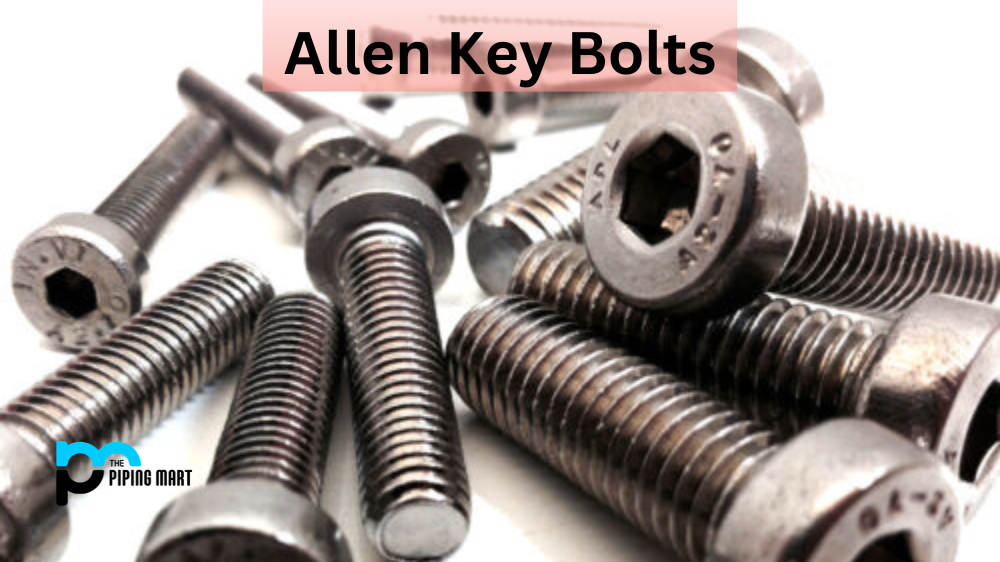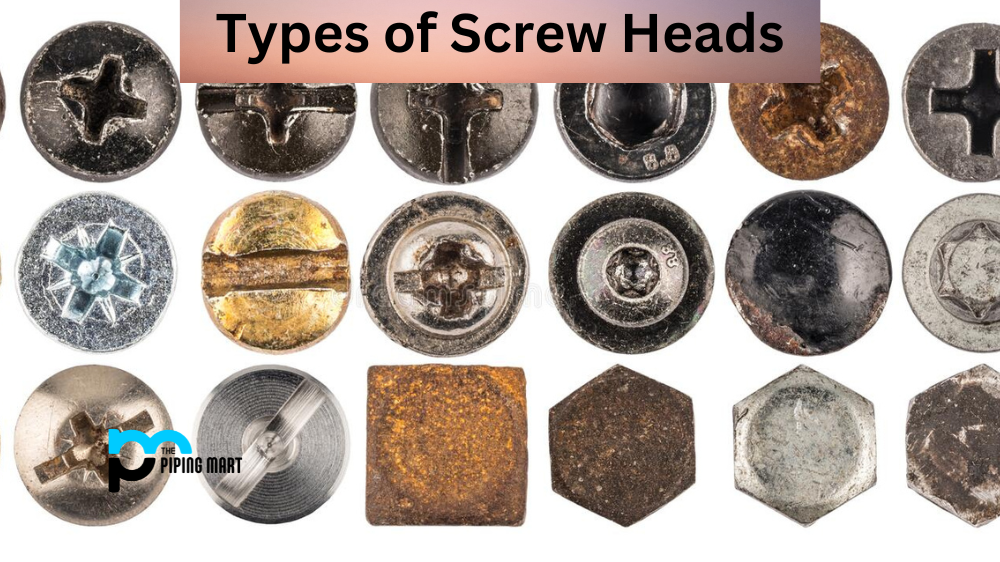A welded joint is a connection between two pieces of metal that is held together with welding. This type of joint provides an incredibly strong and reliable bond, which makes it a popular choice for many metal fabrication projects. There are various types of welded joints, each offering its unique benefits and drawbacks. This article will look at some of the most common forms of welded joints.
T-Joints
T-joints are one of the most basic types of welded joints and involve two pieces of metal being joined together at an angle to form a T-shape. Each article must be appropriately prepped before welding, as any imperfections can lead to weak spots in the joint. T-joints are often used in construction projects due to their strength and reliability.
Butt Joints
Butt joints involve two pieces of metal being joined with no gap between them. This type of joint is strong when done correctly, but it can be challenging to perfect due to the need for precise alignment between both pieces. Butt joints are typically used in applications where there isn’t space for any extra material in between the two pieces being joined together.
Corner Joints
Corner joints involve four pieces of metal joining at right angles to create a corner shape. As with all other types of welded joints, each piece must be adequately prepped beforehand, as even minor imperfections can lead to weak spots in the resulting joint. Corner joints are often used when making furniture or other objects that require multiple sides connected at right angles.
Conclusion:
Welded joints provide an incredibly strong and reliable bond, making them ideal for many metal fabrication projects, from furniture construction to large-scale construction jobs. Several types of welded joints are available, each offering unique benefits and drawbacks depending on your specific application needs. By understanding these various types—such as t-joints, butt joints, and corner joints—you can choose the right one for your project and ensure optimal results every time!
Sakshee is a talented blogger, with a particular focus on the Business and Metal Industry. She is passionate about sharing her insights on various metal products and helping professionals to make a better decisions.




